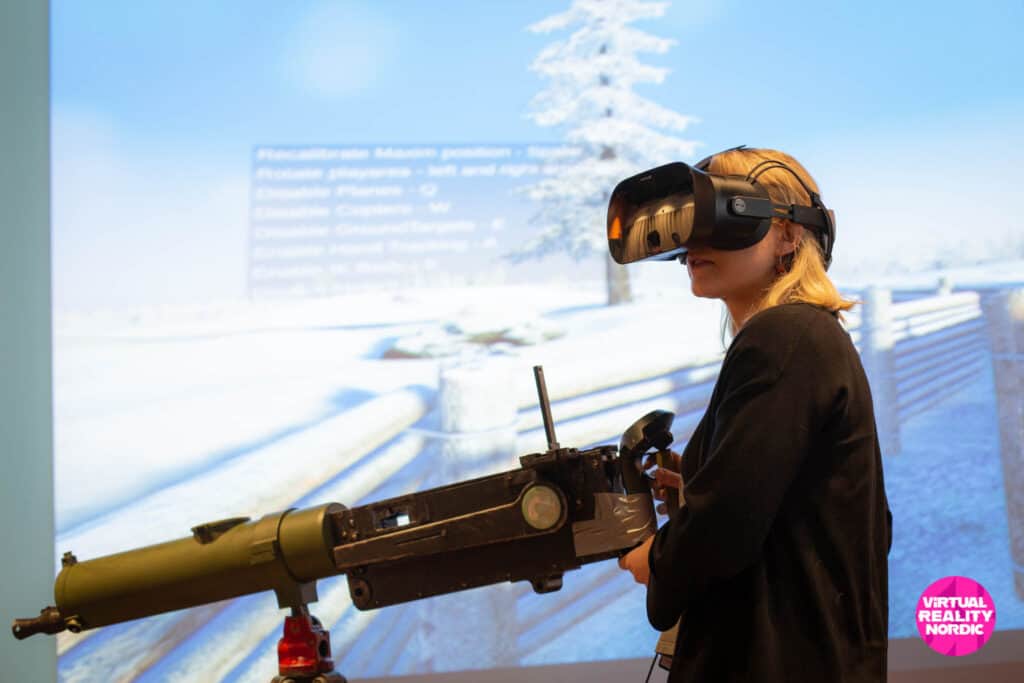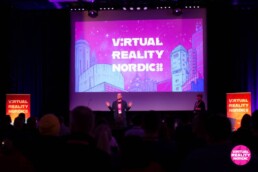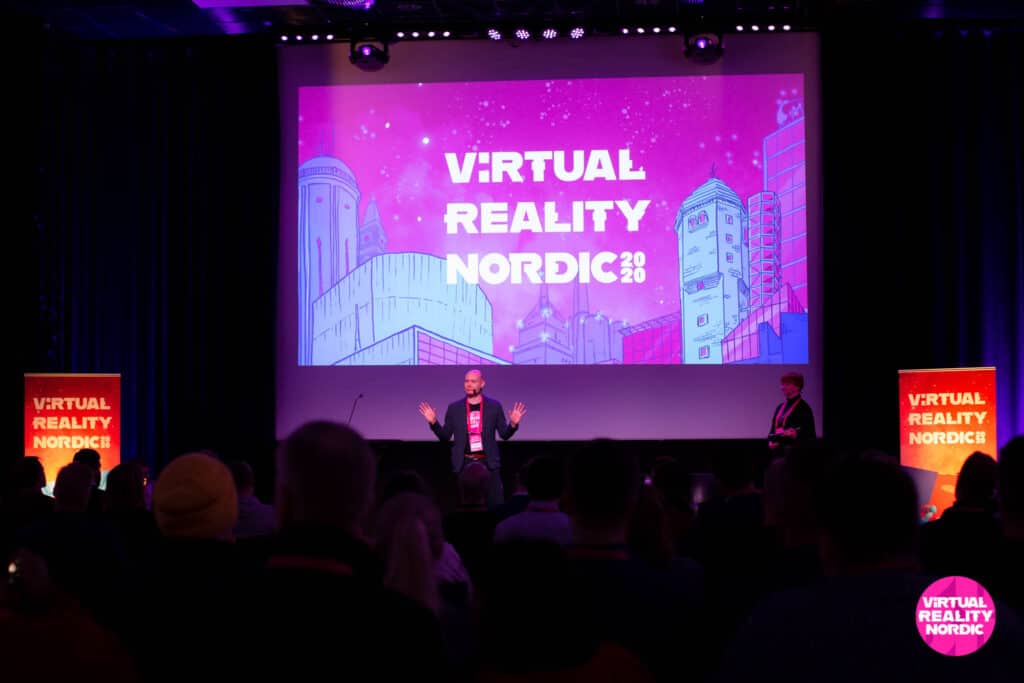Developing your business with gamification
What is gamification?
What does developing your business with gamification mean? Firstly, it's good to start with what gamification is. In gamification, game-like elements are added to non-gaming functions. The purpose is therefore not to entertain, but to use so-called gaming thinking to motivate the user, to support learning and problem solving. An important advantage of gamification is the immediate feedback the user receives on their own activities, for example, wellness applications that tell you if you have slept or exercised enough.
When it comes to implementing these solutions, each company knows their own business and customers best. When thinking about gamification, you need to know where you want to engage the customer and what you want to resolve. Admittedly, gamification does not have to be limited to the customer. Employee motivation and commitment can also be increased through gamified experiences. The more motivated the employee, the better service the customer receives.
Gamified application engages
The purpose of gamified application is to motivate the user or customer and get him to return to the service later. The application can take advantage of elements familiar from video games such as scoring or points. You can get points even by registering in the application and, for example, updating your own profile. By collecting points, the app can have a progress bar that, when filled, gives the customer or user virtual coins. These virtual coins can then be used to shop at the actual store or company.
In some games, competition against other players is a key feature. In this case, a scoreboard measuring progress can be built into the application, which is used to compare users with each other. This creates competition between users, which increases loyalty to the application. By collecting points and accumulating progress, the customer or user can earn virtual badges or medals. Badges of Merit are also used in the world of entertainment games, which are a sign of crossing or achieving a certain stage or milestone. The use of merit tokens increases the user's loyalty to the application.
Serious games aiding teaching and training
Serious games are meant to be not only entertaining but also educational, although in a fun way. Serious games are used in many different fields, for example in teaching, they help students to focus on teaching in engaging ways. Games can be used to learn new languages or even develop math skills.
Serious games and gamification have many different benefits. Brain games are games that are made to help with cognitive development. Brain games consist of various problems and puzzles that the player must solve. It has also been studied that students remain focused for longer when serious games are used in teaching. Immersion in games also added positive feelings.

If you have any questions about gamification, we will be happy to tell you more. Contact Jonna 050 307 6756 or Merih 044 751 0096. The MeKiwi team will be happy to plan with you how to make your digital solutions more engaging and motivating through gamification! Call us and we will tell you how we can help.
Our account manager Jonna Ranta acted as an expert in an article published by Bonnier Pro, which dealt with increasing customer commitment and loyalty through gamification. Here you can find the attached article which is in finnish only.
Bonnier_Pro_ASI_1-2020
SOURCES
Kortela, A. 2020. Asiakkaiden sitoutumisen ja lojaalisuuden kasvattaminen pelillistämällä. Viitattu 7.9.2020.
Deese, A. 2020. 5 Benefits of Gamification. Viitattu 4.9.2020, https://ssec.si.edu/stemvisions-blog/5-benefits-gamification
Grendel Games 2020. What are serious games. Viitattu 4.9.2020, https://grendelgames.com/what-are-serious-games/
Kitola, M. 2013. Pelillistäminen ja mobiilisovellukset. Viitattu 7.9.2020, https://jyx.jyu.fi/bitstream/handle/123456789/42915/1/Mikael%20Kitola.pdf
Couldn't make it to the Virtual Reality Nordic 2020 Event? Here's the summary of what happened during the day
The Virtual Reality Nordic 2020 event organised in Oulu by MeKiwi Oy gathered nearly one hundred and fifty business representatives interested in the possibilities of VR technology and a number of industry experts.
The main venue of the event was the Aurora hall of the Hotel Lasaretti and the most enthusiastic guests had arrived well in advance. Samuel Kuosmanen, CEO of Mekiwi Oy, started the event with a welcome speech. After that, the energetic and charismatic Niina Karvinen took over as the event's host Niina is a business developer and influencer based in the Oulu region. Karvinen describes herself as an enthusiast who wants to help others succeed. In addition to her energy, many networking pods with a variety of services were used to make the day more enjoyable and create a special atmosphere for the whole event.

Virtual reality as a training environment
The first speaker of the day was Kim Härköki from Varjo Technologies Oy, who opened up the potential of VR technology, especially from a healthcare perspective. In healthcare, virtual reality is particularly used as an educational environment. Härkönen showed how surgeons practice complex and challenging open surgeries using virtual reality. The presentation highlighted the importance of changing the world by working together and using modern technology.
After Härkönen, there was the first keynote speaker of the day. Sami Heinonen from Zoan, who calls himself XR Evangelist, highlighted the added value of virtual reality across different business areas. Heinonen's presentation included many visually impressive demos and he convinced the audience of the potential of XR technologies.

After a networking break, Pekka Ouli from the vocational school of North Central Finlandtook the stage. He told the audience about advanced digital learning environments and how virtual reality enables completely new dimensions in learning. After Ouli, the stage was taken over by Jonas Rajanto (Grape People Finland). Rajanto gave an in-depth presentation on the benefits of VR technology for distance learning. Remote virtual meetings are similar to face-to-face meetings. Among other things, they make it easier to assess the emotional states of the participants and thus lead to more genuine interaction. The highlight of Rajanto's presentation was definitely the live demo, in which he was joined by a few brave visitors to the event. The demo was a great demonstration of how the virtual meeting increased the cohesion and focus of the participants on the topic at hand.
After a rich buffet lunch and networking, the programme continued in the Aurora hall. Tommi Teronen from Teatime Research gave a presentation on solutions for the cultural and entertainment sector. Iikka Finning from Nokia explained how they use VR technology in research and Orkun Ceylan from 3D Talo presented a VR solution in use at Ponsse. Before the second keynote speaker of the day, Jani Kaipainen, founder of MeKiwi, speculated on the future of artificial intelligence with its opportunities and threats. In the afternoon, there was also the opportunity to participate in workshops organised by Oulu University of Applied Sciences in connection with the VIRTU project. The workshops explored Teatime Research's immersive cultural experiences and Glue's virtual reality platform that allows users to collaborate remotely.
Addressing future challenges
The final speaker of the day before the panel discussion was the second keynote speaker of the event, who many in the audience had specifically gathered to listen to. Steven LaValle from the University of Oulu, a pioneer in virtual reality and robotics, did not disappoint this time either. He summed up the essentials nicely. LaValle sees the key to success as a constant desire to learn and the ability to accept critical feedback. Solving the challenges of the future requires cooperation. Bold testing of ideas and openness will take us step by step forward, LaValle concluded. The Virtual Reality Nordic event ended with an interesting panel discussion, led by the usual moderator, Karvinen. The panel included Kim Härkönen from Varjo, Begum Dogan from MeKiwi, Natasha Skult from MiTale and Steven LaValle from the University of Oulu.
The wonderful day included a wealth of VR-related case studies from the business world. Visitors also had the opportunity to try out the latest VR solutions in the form of demos provided by exhibitors. The day also included interesting workshops to solve practical challenges using virtual reality.
The presentations at the event showed that VR technology has come a long way and the use cases have diversified. It is clear thatvirtual reality is here to stay. It continues to grow in popularity and there is no reason to doubt that it will continue to grow as technology advances and the price of virtual glasses falls. Virtual Reality Nordic 2020 demonstrated with practical examples how VR technology brings many benefits as a design tool, an educational environment, a marketing enabler and an enabler of remote viewing.
Selling one thing is the first step to sell another
There are many steps involved in developing a good digital product. Organizing user testing and collecting user data are important stages that should be handled properly. Good networks help with this, too.
Cooperation produces better innovations. A technological collaboration in particular helps the likelihood of a small business succeeding in innovation. Still, some studies show that small firms have fewer innovation cooperation than large firms.
Earlier this year, we published a blog about how the principles of open innovation have benefited MeKiw’s development and growth. As we have been asked a lot about this topic, we will publish a series of three blogs where we explain on a practical level how we implement innovation cooperation.
Previously we have covered the search for a business opportunity and the stage of project implementation. In this part, we'll talk about the collaborations in the user testing and publishing phases.
Each development team is blind to their own work
Product testing already starts in the project phase, which we described in the previous part of this blog series. Testing of all digital products must be carried out in many stages and in different ways. There is no known public, continuously available service for user testing, but by being active and staying informed, opportunities may arise. Participation in the Edudigi project enabled MeKiwi to test the VR game in Oulu's Tietomaa. However, most of the testing is organised in-house. You need networks for that too.
"Influencers are important contacts with ordinary consumers," says Begum Dogan.
Influencers are used to reach active players, but you also want people with no previous gaming experience to become testers. The flaws in the game are found because they do not know how to adapt to them.
Each development team is blind to its own game and can't see its weaknesses", points out Begum Dogan.
In addition to reaching testers, other contacts are needed. A third party brings its vision and ideas to the collaboration. It gives a perspective on things when you can easily be too focused to notice.
The gaming marketing company Kuvion complements MeKiwi's marketing team. Kuvion is deeply integrated in the marketing of Cave Digger, a game published by MeKiwi on VR platforms. "In this partnership, everyone is in charge," says Begum Dogan. "The friends at Kuvion take care of VR Cave Digger as if it was their own".
Wishing for a B2B meeting place in Oulu
An important channel for MeKiwi to get feedback on the released product has been the export trips organised by BusinessOulu to key markets in the games industry. While showcasing a published product, it also lays the groundwork for new projects. Developing a game for the international consumer market builds internal expertise and networks that also benefit the domestic market.
"Aatu Numminen, VR and B2B Customer Relationship Manager at MeKiwi, expects the opening of the BusinessAsema in Hallituskatu to create a positive environment for cooperation. ”I hope it will be a B2B meeting place, similar to what the Pelikampus is for the companies in the gaming sector"
"I like the pop-up idea. I could very well go there to present our VR entertainment games production," Numminen envisions. "People might well come up with new ideas. Then it's just a matter of planning how to implement them."
Research background
MeKiwi was one of the companies surveyed in a study conducted as part of the Innovation Alliance's Accelerating Operations project, which also included a master's thesis entitled “The Innovation Process of a Startup Company in a Regional Innovation Cluster”. The key finding of the study was that start-ups can benefit from the regional innovation ecosystem at all stages of their innovation process, both by using innovation support services and by establishing meaningful networking relationships. The study divided the innovation process into three stages according to the customer-driven Design Thinking innovation process model. In this series of three blogs, we describe how we implemented the principles of open innovation in line with these three stages.
Sources:
- Brown, T. (2009). Change by design: How design thinking can transform organizations and inspires innovation. New York (N.Y.): HarperBusiness.
- Chesbrough H. (2003) The era of open innovation. MIT Sloan Management Review; 44:35–41
- Crossan, M & Apaydin, M. (2010). A Multi-Dimensional Framework of Organizational Innovation: A Systematic Review of the Literature. Journal of Management Studies, 47(6), 1154–1191.
- Freel, M. S. (2005). Patterns of Innovation and Skills in Small Firms. Technovation, 25(2), 123–134.
- Nieto, M. J. (2010). Technological Collaboration: Bridging the Innovation Gap between Small and Large Firms. Journal of Small Business Management, 48(1), 44–69.
- Parida, V., Westerberg, M. ja Frishammar, J. (2012). Inbound Open Innovation Activities in High-Tech SMEs: The Impact on Innovation Performance. Journal of Small Business Management 2012 50(2), 283–309.
- Rogers, M. (2004). Networks, Firm Size and Innovation. Small Business Economics, 22, 141–153.
- Sydänmaanlakka, P. (2009). Jatkuva uudistuminen: Luovuuden ja innovatiivisuuden johtaminen.Hämeenlinna. Talentum Media Oy. 293 s.







